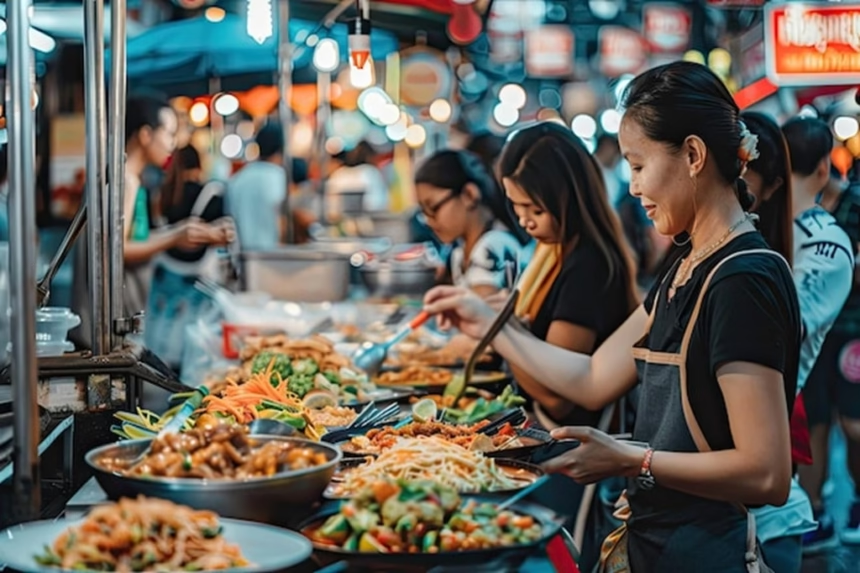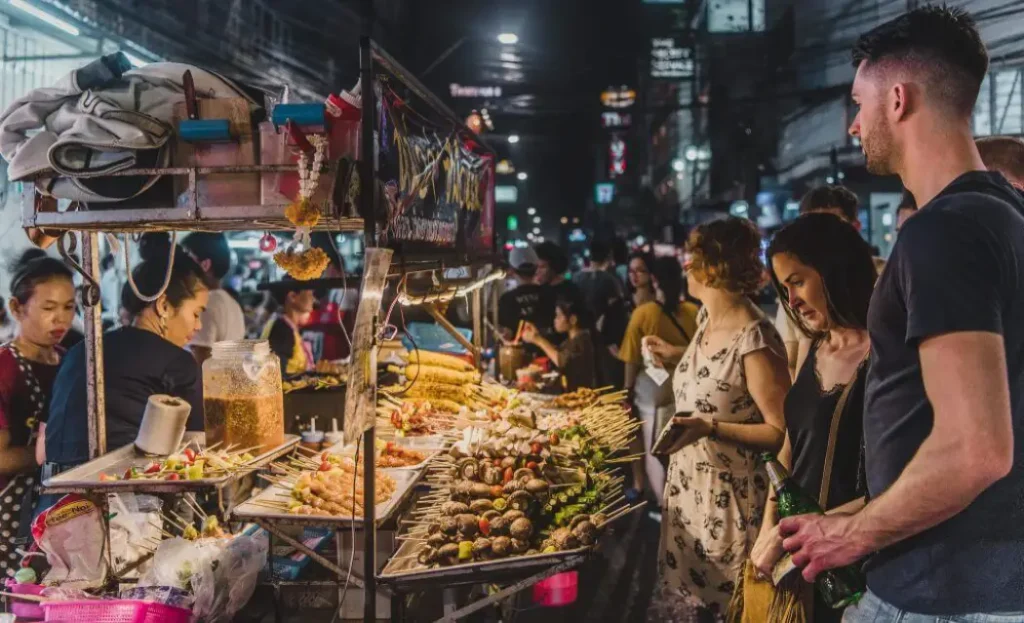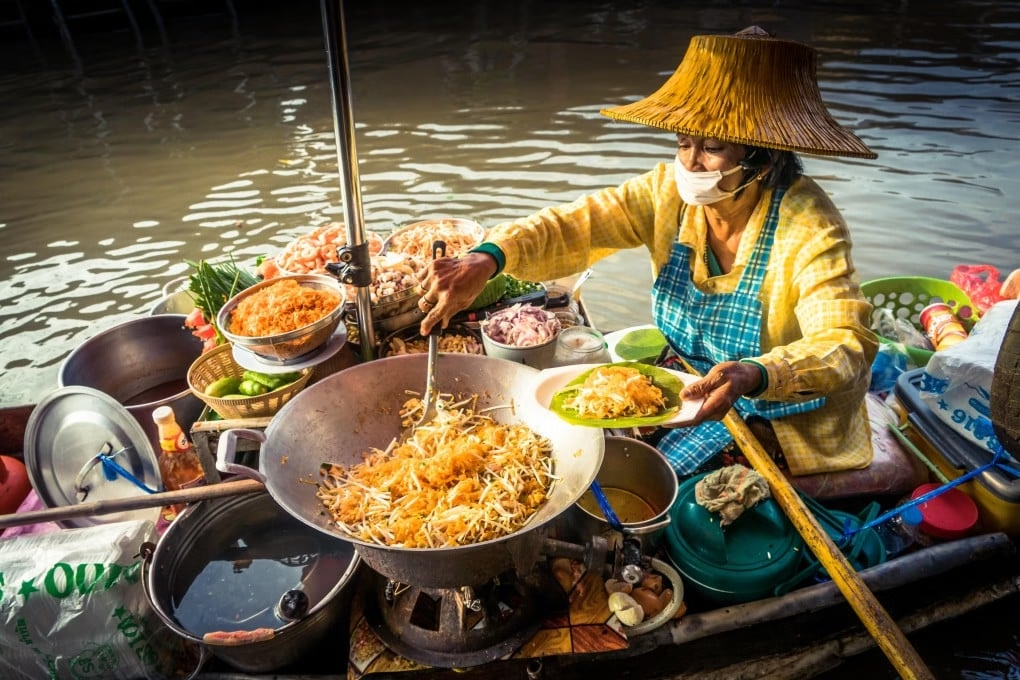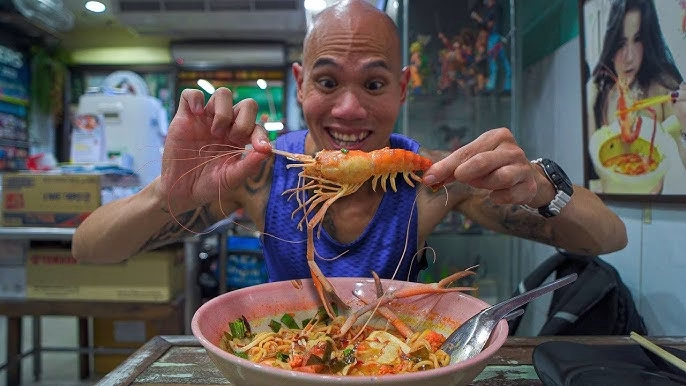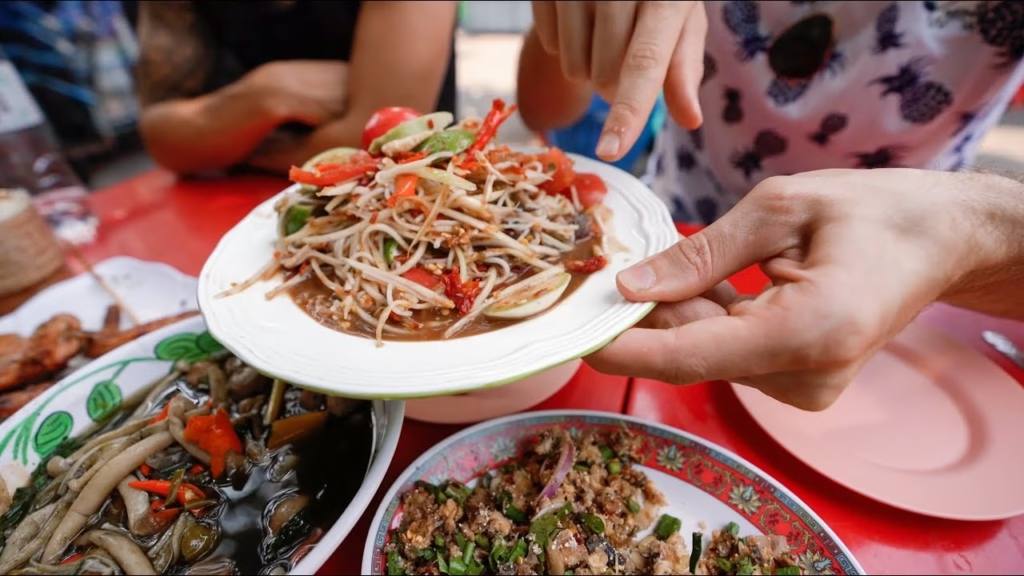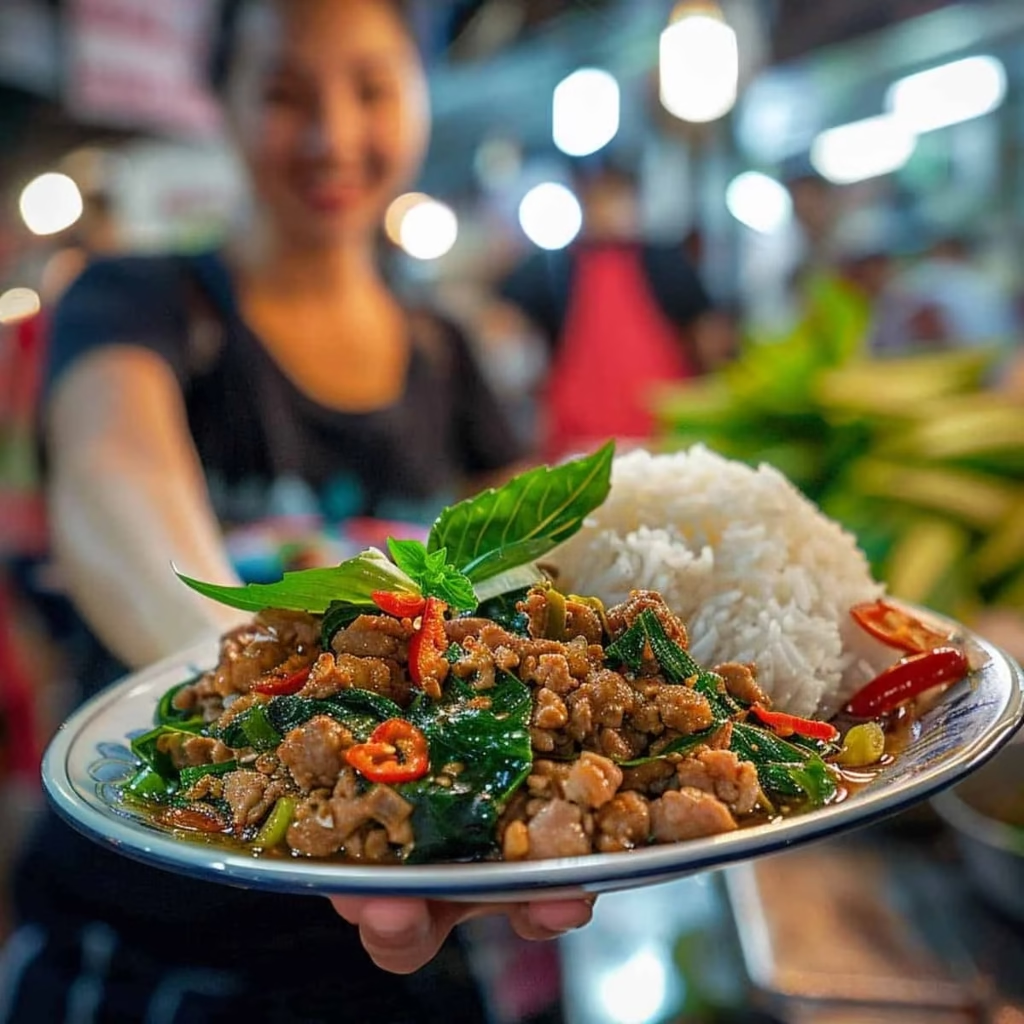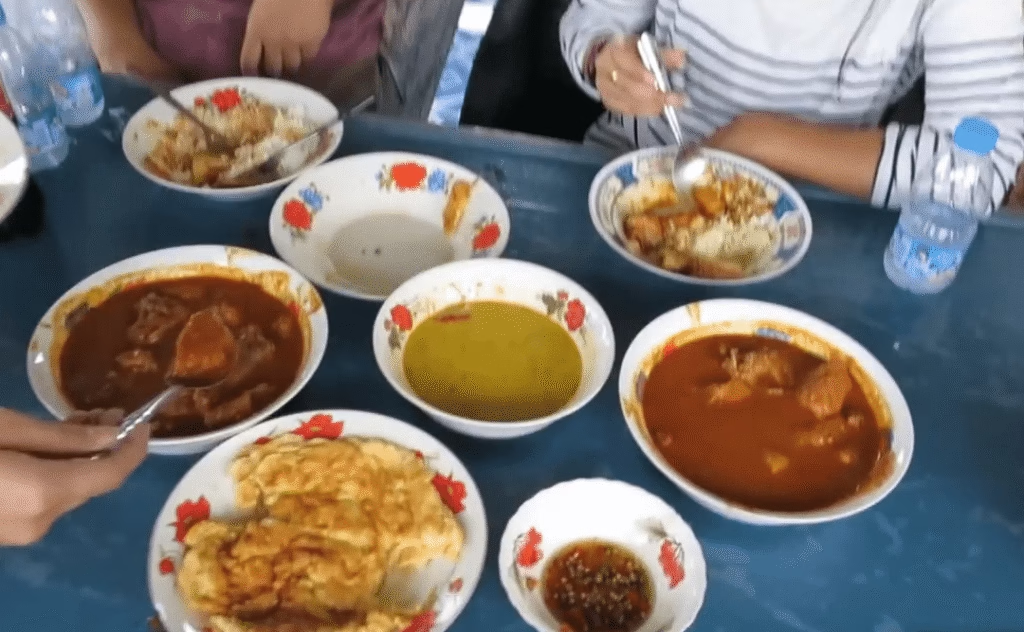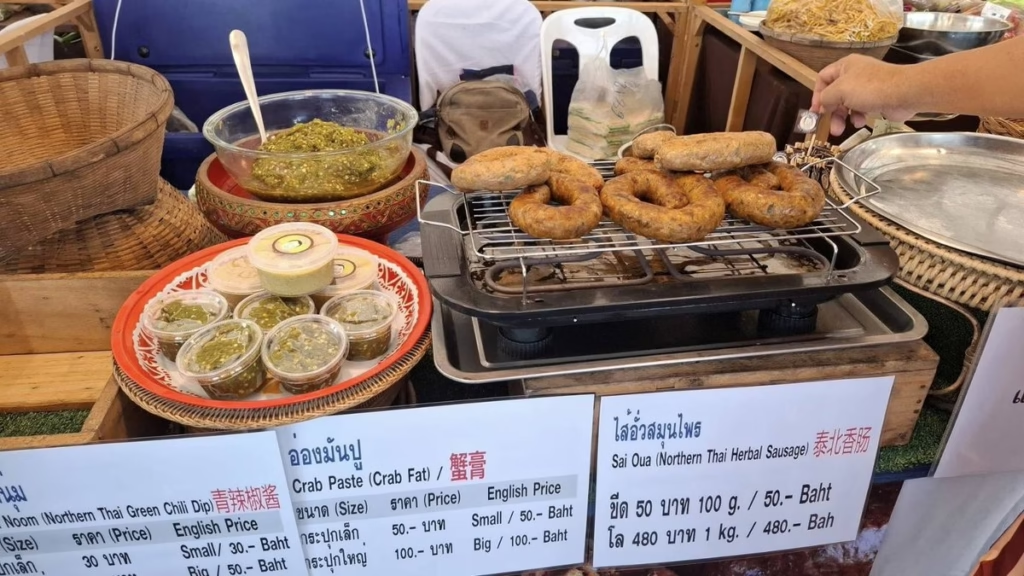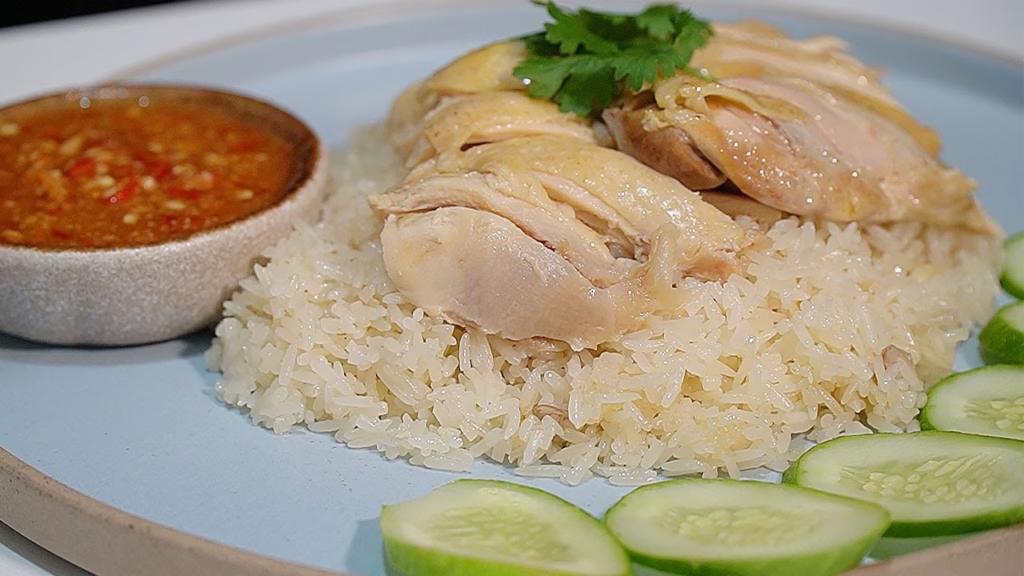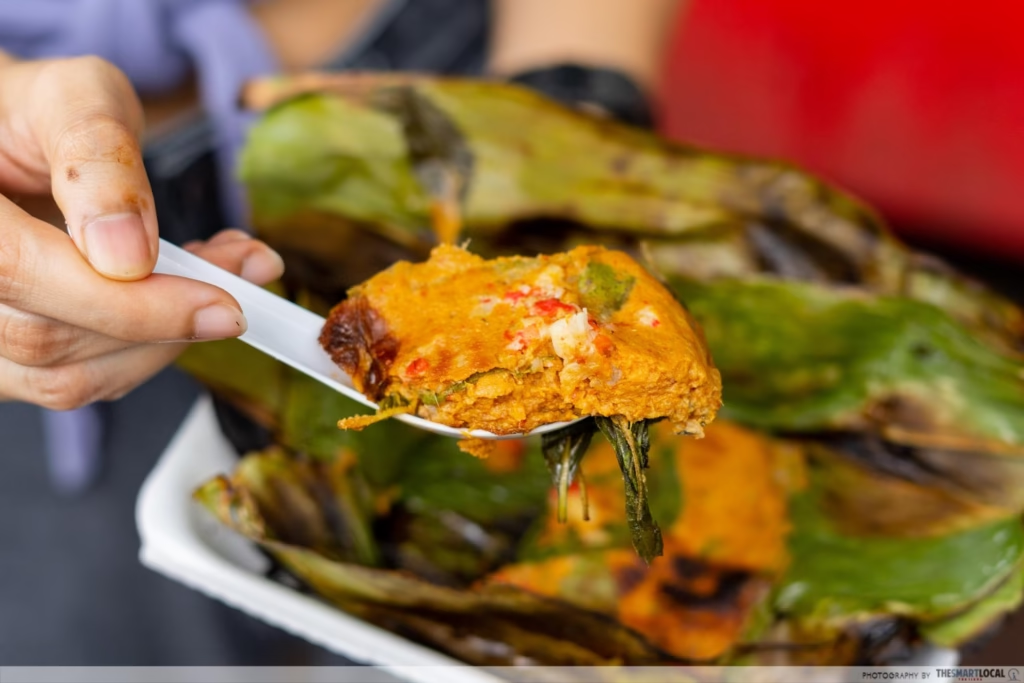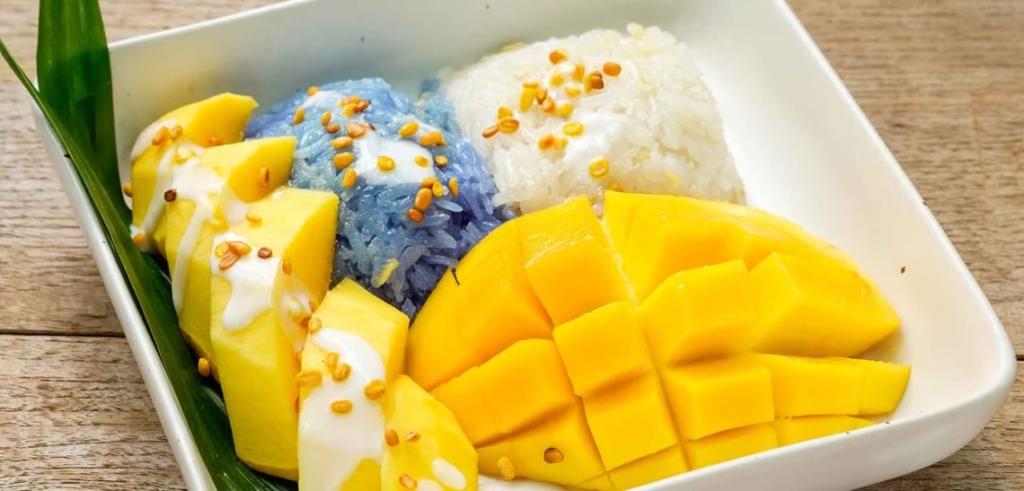Thailand cooks on the street, in shophouses, and in bustling food courts. Smoke from woks, the scent of lime and basil, the crunch of fresh vegetables. It is a food scene that is fast, fresh, and full of contrast. The core of Thai cooking is balance, the pull between sweet, sour, salty, and spicy, matched with texture and aroma.
First-time visitors often wonder what to order, where to find the best plates, and how to ask for the right spice level. This guide solves that. It introduces ten must-try dishes that cover noodles, soups, salads, curries, grilled bites, comfort rice dishes, seafood, and a simple, perfect dessert. It also explains where to eat, how to order, and what to expect in 2025, when Thai food remains both affordable and exciting.
Why Thai food is unmissable: flavour balance, regional variety, and street markets
Thai cooking pivots on four tastes. Sweet, from palm sugar and coconut milk. Sour, from tamarind, lime, and green mango. Salty, from fish sauce, soy, and salted seafood. Spicy, from fresh and dried chillies. Great cooks build harmony, not heat for heat’s sake. The best plates taste layered, clean, and balanced.
Regional styles keep the menu varied and fun:
- Central Thailand, especially Bangkok, delivers wok-fired classics, bright soups, and street staples at every corner.
- Northern kitchens favour herbs, curry noodles, and grills, with gentle warmth and earthy notes.
- Isan, the Northeast, brings bold salads, sticky rice, and smoky meats that bite and refresh at once.
- The South leans into coconut, seafood, and chilli heat, with perfumed curries and seaside snacks.
In 2025, street markets, food courts, and tiny shophouses still offer the best mix of flavour, price, and freshness. New festivals in big cities showcase both classic plates and modern twists, and many stalls now take quick payments and use eco-friendly packaging. It all keeps food fast, fair, and seasonal.
A few snapshots make it real:
- A plate of pad thai flipped to order at a night market, noodles glossy with tamarind and lime.
- A shophouse lunch of chicken rice, a side of broth, and a ginger-chilli dip.
- A tray of som tam, pounded fresh, sticky rice on the side, smoke rising from a grill next door.
10 Must-try Thai dishes: noodles, soups, and salads
This section lists five gateway favourites, easy to love and easy to find. Expect vivid flavour, sensible prices, and lots of choice for protein and spice.
Pad Thai: the sweet, sour, and crunchy noodle classic
What it is: Stir-fried rice noodles with tamarind, fish sauce, palm sugar, egg, tofu, and a choice of prawns or chicken. Topped with bean sprouts, chives, crushed peanuts, and a lime wedge.
Flavour profile: Bright and balanced, sweet-sour with a savoury finish and a crunch from peanuts and sprouts.
Spice level: Mild to medium. Heat usually comes from chilli flakes on the side.
How to order: Ask for prawns for the classic version, or tofu for a vegetarian plate. Request less sugar if preferred.
Price range: 60 to 120 THB at street stalls and casual shops.
Where to find it: Busy stalls with high turnover, evening markets, and food courts.
Tom Yum Kung: spicy and sour shrimp soup
What it is: A clear or creamy hot and sour soup with prawns, lemongrass, galangal, kaffir lime leaves, chillies, and mushrooms.
Flavour profile: Hot, sour, and aromatic, with citrus and herbal depth.
Spice level: Medium to hot, depending on the cook and the number of chillies.
How to order: Ask for less spicy by saying phet nit noi for a little spicy.
Price range: 80 to 180 THB, often served as a shared dish.
Where to find it: Street soup stalls, seafood shophouses, and casual restaurants. Pair with steamed rice.
Som Tam: fresh green papaya salad from Isan
What it is: Shredded green papaya pounded with lime, palm sugar, fish sauce, garlic, and chillies. Common add-ins include tomatoes, long beans, dried shrimp, and peanuts.
Flavour profile: Sweet-sour-salty with a fresh crunch and a sharp chilli hit.
Spice level: Medium to very hot. Vendors adjust to taste.
How to order: Choose Som Tam Thai for a milder, sweeter style. Request the number of chillies. Ask to omit dried shrimp if needed.
Price range: 40 to 80 THB.
Where to find it: Isan stalls, markets, and roadside vendors. Often served with sticky rice and grilled chicken.
Pad Kra Pao: holy basil stir-fry
What it is: Minced chicken or pork fried with garlic, chillies, and holy basil, served over jasmine rice with a crispy fried egg.
Flavour profile: Savoury, fragrant, and lively with basil and chilli.
Spice level: Spicy by default, but easy to tone down.
How to order: Ask for moo for pork or gai for chicken. Request kai dao for the fried egg. Say mai phet for not spicy.
Price range: 50 to 90 THB.
Where to find it: Everywhere, from office canteens to late-night street carts. A top everyday street dish.
Khao Soi: Northern curry noodle soup
What it is: Egg noodles in a coconut curry broth, usually with chicken or beef, topped with crispy noodles. Served with shallots, pickled mustard greens, and lime.
Flavour profile: Rich and creamy with warm spices and a mild curry lift.
Spice level: Mild to medium.
How to order: Add the pickles and lime to cut through the richness. Choose chicken for a classic bowl.
Price range: 60 to 120 THB.
Where to find it: Signature of Chiang Mai and the North, also sold in Bangkok’s northern eateries.
Curries, grills, comfort rice dishes, seafood, and a sweet finish
These five dishes take the flavour journey deeper. Expect softer heat, silky textures, and regional standouts, ending with a beloved dessert.
Massaman Curry: mild, rich, and gently spiced
What it is: A Southern Thai and Muslim influenced curry with coconut milk, potatoes, onions, and roasted peanuts, often with beef or chicken.
Flavour profile: Sweet and savoury with cinnamon and cardamom notes.
Spice level: Mild and approachable.
How to order: Ideal for chilli-shy eaters. Ask for beef if tender, slow-cooked meat is preferred.
Price range: 90 to 180 THB.
Where to find it: Curry houses, Southern eateries, and family-run shops. Lovely with steamed rice or roti.
Sai Oua: Northern Thai herb sausage
What it is: A grilled pork sausage mixed with lemongrass, kaffir lime leaf, galangal, garlic, and chilli.
Flavour profile: Bold, herb-packed, and slightly spicy with a smoky edge.
Spice level: Mild to medium.
How to order: Buy by the length at markets, then slice to share. Enjoy sticky rice.
Price range: 30 to 60 THB per portion.
Where to find it: Northern markets, grill stalls, and weekend fairs.
Khao Man Gai: Thai chicken rice comfort bowl
What it is: Poached chicken on rice cooked in chicken broth, served with a savoury ginger-chilli-soy sauce and a light soup.
Flavour profile: Clean, soothing, and umami-rich.
Spice level: Low, with optional heat from the dipping sauce.
How to order: Ask for extra sauce. Some shops will pour a little broth over the rice on request.
Price range: 50 to 90 THB.
Where to find it: Everywhere from breakfast counters to late lunch spots. A reliable, gentle meal.
Hor Mok Pla: delicate steamed fish curry custard
What it is: Fish mixed with red curry paste and coconut cream, steamed in banana leaves. Often perfumed with basil or kaffir lime leaf.
Texture: Soft, custard-like, and tender.
Flavour profile: Aromatic, creamy, and lightly spicy.
Spice level: Mild to medium.
How to order: Best as a shared side with rice and a plate of greens.
Price range: 60 to 120 THB.
Where to find it: Coastal markets, seafood stalls, and fresh markets inland.
Mango Sticky Rice: Thailand’s beloved dessert
What it is: Sweet sticky rice paired with ripe mango and a drizzle of salted coconut cream.
Flavour profile: Sweet and creamy, balanced by a gentle salt note.
How to order: Best during mango season. Ask for warm coconut sauce if available.
Price range: 60 to 120 THB.
Where to find it: Dessert carts, night markets, and fruit stalls. A perfect finish after chilli-rich dishes.
How to order and eat like a local in Thailand
A good Thai meal mixes textures and tastes. Rice anchors the table. A soup refreshes the palate between bites. A salad adds crunch and acidity. A stir-fry gives savoury depth, and a curry brings warmth and comfort. Markets and food courts make this easy, and 2025 stalls often accept quick payments and serve to order, which keeps food fresh and safe.
Choosing spice levels without losing flavour
- Useful phrases:
- Phet nit noi, a little spicy
- mai phet, not spicy
- phet maak, very spicy
- Heat boosters sit on most tables. Expect chilli flakes, fresh chillies in vinegar, lime wedges, sugar, and fish sauce.
- Start mild, taste, then add chilli in small steps. Lime and a splash of fish sauce sharpen the flavour without adding too much heat.
Street food etiquette and quick hygiene checks
- Pick busy stalls. High turnover means fresh ingredients and hot cooking.
- Look for woks firing to order, soup simmering, and covered ingredients.
- Check for clean utensils and tidy counters. Use hand gel before eating.
- At some stalls, eat first and pay when leaving. Return plates and trays neatly.
- Drink sealed bottled water. Ice is usually fine at well-known shops and markets.
Vegetarian, vegan, and halal-friendly swaps
- Easy swaps:
- Tofu or mushrooms instead of meat
- Soy sauce instead of fish sauce
- Vegetable or mushroom stock for soups
- Helpful terms:
- Jay, vegan Buddhist style, usually no egg, dairy, garlic, or pungent roots, mangsawirat, vegetarian, may include egg and dairy
- Many cities have halal curry houses and chicken rice shops. Look for signs or ask politely.
Allergy notes: nuts, shellfish, and fish sauce
- Peanuts appear in pad thai and some versions of som tam. Ask to omit if needed.
- Shrimp paste and fish sauce are common in curry pastes and dressings.
- Tom yum and other soups may include shellfish or be cooked in seafood stock.
- For nut and fish sensitivities, safer picks include khao man gai, plain grilled meats, and milder curries like massaman. Always explain allergies clearly and confirm.
Where to try these dishes: regional picks and markets
Taste varies by region and setting. Big cities offer everything, while regional hubs excel at local stars. In 2025, vibrant night markets, weekend fairs, and food festivals give a wide tasting tour in one visit.
Bangkok: food courts, night markets, and riverside eateries
Bangkok makes eating easy. Food courts serve consistent pad thai, tom yum, and khao man gai at fair prices. Night markets offer som tam, moo ping skewers, and mango sticky rice in one stroll. Riverside shophouses focus on seafood and relaxed desserts. Peak times bring the best freshness and the best energy, so late afternoon to evening is ideal.
Chiang Mai and the North: curry noodles and herb grills
Khao soi is non-negotiable here, with rich broth and crispy noodle toppers. Sai oua appears at morning markets and weekend markets, sliced to share with sticky rice and a basket of herbs. Shophouses serve aromatic curries and comfort soups, often less sweet than Central plates and built around herbs and spice pastes.
Isan highlights: bold salads and sticky rice sets
Isan food sings loud and clean. Som tam with a few chillies, sticky rice in a small basket, and grilled chicken make a full meal. Roadside grills and casual restaurants do fast sets with herbal soups for balance. Expect brighter acid, a firm chilli kick, and a smoky edge from the grill.
Southern coasts and islands: seafood, coconut, and spice
The South is coconut-rich and chilli-friendly. Massaman brings warm spices without heat, perfect with roti. Hor mok pla shows off fresh fish in a soft custard. Seaside markets and family-run curry shops excel at both. If unsure about heat, ask for mild. The flavour stays bold even when the chilli drops.
Prices and 2026 street food trends at a glance
Street food remains a good value in 2025. Many classics, like pad thai, tom yum, and som tam, still sit around double-digit baht at local markets. Tourist areas and festivals can be higher, yet still affordable for the variety offered.
There is also a rise in health-minded options, more plant-based dishes, and eco-forward packaging, alongside simple app-based ordering and contactless payments. That means fast service, fresh cooking, and less waste, without losing the charm of an open wok or a pounding mortar.
Final tips for first-timers
- Bring small notes and coins for quick payment at stalls.
- Watch how locals season at the table, then follow their lead.
- Share dishes in a small group to taste more with each meal.
- Go early or at peak hours for the freshest turnover.
- Keep a short list for a day’s eating, for example: khao man gai for breakfast, som tam with grilled chicken for lunch, pad kra pao for dinner, and mango sticky rice to close.
Conclusion
Thailand’s table rewards curiosity. Ten dishes tell a full story, from pad thai and khao soi to som tam, massaman, and mango sticky rice. Mix noodles, soups, salads, curries, grills, and one dessert for balance and fun.
Adjust the heat at the table, seek busy stalls, and try one new plate each day. Eat like a local, chase fresh flavour, and enjoy the balance that makes Thai food unforgettable.





